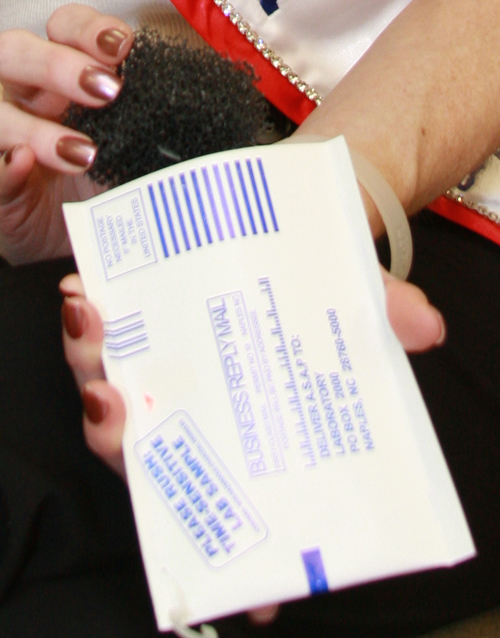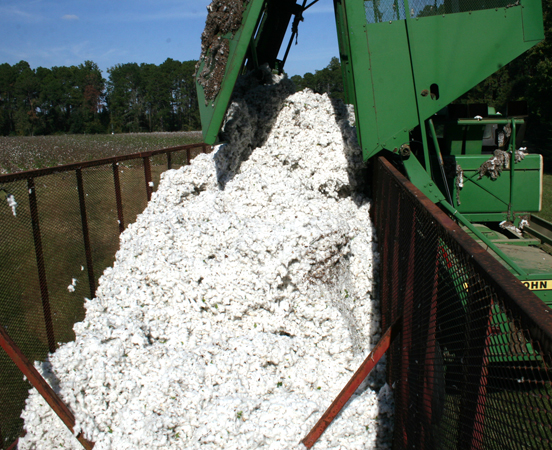Gail Dobbs has never smoked. But last spring her doctor diagnosed her with lung cancer. With help from University of Georgia Cooperative Extension, the Walton County resident tested her home for radon and found her cancer may be caused by the air in her home.
“Most people don’t think about radon, yet radon can have a major impact on you and your family’s health,” said Pamela Turner, a UGA Extension housing specialist. “Radon can seep into homes and contaminate the air inside.”
More than 21,000 people die each year from lung cancer caused by radon. Georgia has the highest rate in the Southeast with 822 deaths last year alone.
Radon is a cancer-causing radioactive gas that comes from the natural breakdown of uranium in soil, rock or water. It is invisible, odorless and tasteless. Regions with a lot of granite have a higher risk for radon.
“Most of the time, radon harmlessly dissipates into the atmosphere outdoors as it has for millions of years, presenting no major problems,” Turner said. “It becomes a problem when it finds its way into your house.”
Radon gas collects in voids and air spaces under the foundation of a home and gradually enters through cracks or even through showers and drainage sumps, Turner said. Once it enters the living area of the home, the only way it can escape is through cracks and openings. Improved insulation in most new homes traps the gas indoors.
According to the Environmental Protection Agency, all north Georgia counties have a moderate or high potential for radon. Cobb, Fulton, DeKalb and Gwinnett counties have the highest potential for it.
"Radon is truly a silent killer," said Becky Chenhall, a UGA Extension radon educator. "It is so easy to ignore because you can't see, smell or taste it. The only way to know the radon level in your home is to test for it."
Radon test results will never be 0. The average indoor level is 1.3 pCi/L. Any test that measures 4 pCi/L or higher requires action.
Nationally, one out of every 15 homes will have a high radon level. In north Georgia, one out of every five homes could have high levels.
Back in Walton County, Dobb’s radon test level was 4.6. “She is taking steps to mitigate the level, not only for herself, but for her family too,” Chenhall said.
UGA Extension offices have radon test kits available for the public. In the past six years, 22,000 kits have been distributed.
Since radon is heavier than air, test kits should be placed two feet to six feet above the floor in the center of a room. Bedrooms or family rooms are the best rooms to test.
Children may be at greater risk of radon exposure. The radon level at a child's breathing level is higher than that found at an adult's.
"We are saving lives by educating and motivating people to take action," Chenhall said. "The bad news is radon causes lung cancer. The good news is that any radon problem can be fixed."
When required, mitigation systems can be installed. The gas can be safely released from the home by installing an inline fan and running a ventilation pipe from underneath the home's foundation to above the roofline. Georgia currently has 12 certified radon mitigators trained to correct radon problems.
For more information on radon or how to test for it, call your local UGA Extension office at 1-800-ASK-UGA1.









